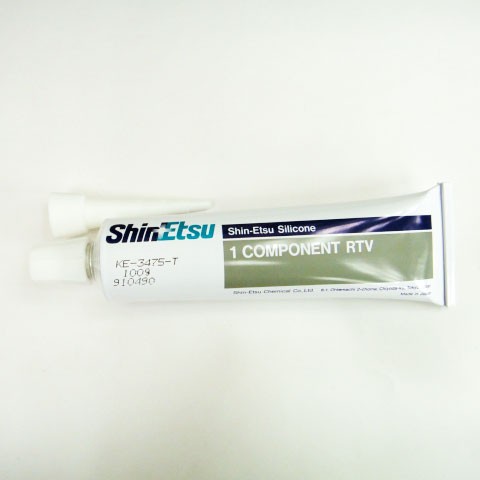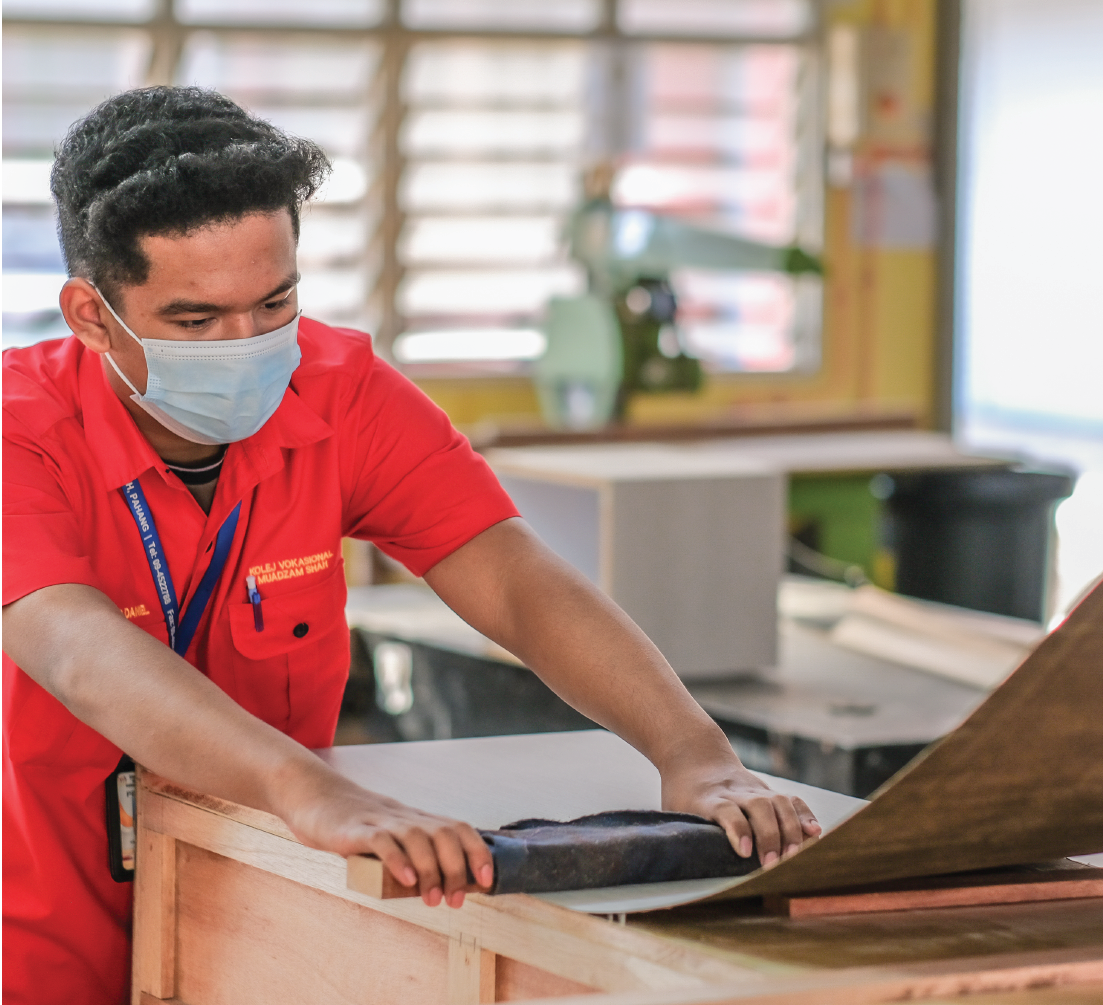
What Type of RTV Silcone Adhesive Sealant Do I Need?
If you’re looking to differentiate between several different RTV silicone-adhesive sealants, we’ve put together today’s blog with you in mind. Named for the chemical by-product produced during their bonding reaction, there are four common systems you’ll find: Acetoxy, Acetone, Alkoxy, and Oxime. While they all lead to a tough silicone elastomer, each system has their own unique characteristics that best determine their application.
- Acetoxy – These sealants offer high strength adhesion at temperatures of up to 300°C. It is also one of the fastest cure times (3mm 4-14hrs) of the four systems. Another defining characteristic of this sealant is that it is highly resistant to ozone and UV radiation. However, disadvantages of this sealant include: having a pungent odor, as well as emanates a corrosive by-product. Acetoxy application is typically found in industrial sealing and bonding, waterproofing rimless sinks, general sealing and caulking, or sealing around tubs, sinks, urinals, and whirlpools.
 Acetone – Acetone sealants, similar to acetoxy sealants, also offer fast cure times in environments up to 300°C. But when compared to acetoxy, the cure speed of acetone is just a little slower (3mm 8-24hrs), while still offering good adhesion. In addition, acetone is a non-corrosive material, negating concerns over health and safety issues, and is cast in a yellow-translucent color. A disadvantage of acetone sealants is that they are not well suited for acrylics or polycarbonate-type materials. Typical uses include: general electrical applications, sealing, and coating.
Acetone – Acetone sealants, similar to acetoxy sealants, also offer fast cure times in environments up to 300°C. But when compared to acetoxy, the cure speed of acetone is just a little slower (3mm 8-24hrs), while still offering good adhesion. In addition, acetone is a non-corrosive material, negating concerns over health and safety issues, and is cast in a yellow-translucent color. A disadvantage of acetone sealants is that they are not well suited for acrylics or polycarbonate-type materials. Typical uses include: general electrical applications, sealing, and coating. - Alkoxy – Akin to acetone, alkoxy sealants also offer good adhesion without the corrosiveness. They differ from other sealants because they remain effective at higher temperatures, ranging up to 315°C. They are great for sensitive substrates due to their neutral cure, but at a slower curing speed. Some typical uses would include: general purpose sealing and bonding of windows, door frames, siding, trim, gutters, vents, skylights, and pipes, as well as weather-sealing purposes.
- Oxime – If you’re looking for good adhesion to plastics or most other substrates, oxime sealants are the way to go. Health and safety concerns should be acknowledged when handled because they are lowly corrosive, and with low exposure levels can discolor copper. Oxime most notably casts in yellow, white or translucent. Typical uses include general purpose sealing and bonding; projects that mainly involve plastics and vinyl substrates. They are also used in caulking and sealing of window/door frames, siding, trim, skylights, gutters, vents and pipes.
Only you will know your intended application and environmental requirements, so the correct silicone adhesive sealant to choose will be based on what you need. If you still have questions after checking out our helpful chart above, we’ll be more than happy to help. Simply give us a call at 800-200-1966 or send us an email at [email protected].


